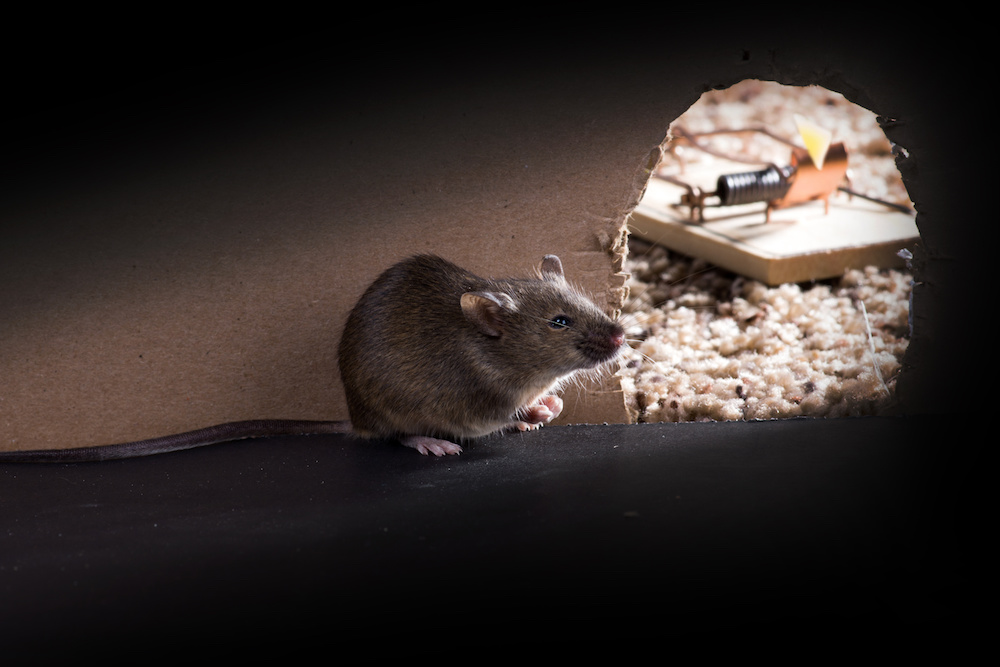Essential Tips for Safely Cleaning and Maintaining Mouse Traps
Share
Managing a mouse infestation effectively involves knowing how to clean and maintain mouse traps safely. Proper care not only enhances the traps' effectiveness but also supports a hygienic living space. This guide provides essential steps to keep your mouse traps in optimal working condition.

The Importance of Clean Mouse Traps
Mouse traps play a vital role in controlling rodent populations, but without proper maintenance, they may become ineffective and unsanitary. A dirty trap can fail to catch mice and create a breeding ground for germs. Regular cleaning helps keep the traps attractive to mice while minimizing the risk of bacteria spreading.
Supplies Needed for Safe Cleaning
Gather the proper supplies before you start cleaning to ensure both safety and effectiveness. You will need:
- Disposable gloves to shield your hands from contaminants
- Soap and warm water for cleaning the traps
- Disinfectant spray or wipes for sanitizing surfaces
- An old toothbrush or scrub brush for removing debris
- Paper towels or a clean cloth for drying
Step-by-Step Cleaning Guide for Mouse Traps
Follow these steps to clean your mouse traps safely:
1. Put on Protective Gear
Always wear disposable gloves for protection against pathogens. If feasible, work outside or in a well-ventilated area to avoid inhaling dust or debris.
2. Disassemble the Traps if Possible
If your traps can be taken apart, do so with care. This makes it easier to clean every part thoroughly. If you're uncertain, consult the manufacturer's instructions on how to disassemble the trap.
3. Clean with Soap and Water
Employ warm water and soap to scrub the traps with an old toothbrush, ensuring you remove all residue and debris. Pay attention to all surfaces, including corners and crevices where dust tends to accumulate.
4. Disinfect the Traps
After washing the traps, use a disinfectant spray or wipe them down with disinfectant wipes. This step is vital for eliminating any lingering germs and guaranteeing the traps are safe for use.
5. Ensure Complete Drying
Following the disinfection process, thoroughly dry the traps using paper towels or a clean cloth. Wet traps can attract more dirt and decrease effectiveness, so make sure they're completely dry before reassembling and resetting them.
Long-Term Maintenance of Mouse Traps
Ongoing maintenance is just as critical as cleaning for ensuring your traps remain effective over time. Regularly inspect traps for wear or damage, replacing any broken or worn parts as needed.
Check for Signs of Damage
Inspect your traps regularly for any signs of damage. Broken springs, cracks, or rust can lead to ineffective traps, which should be repaired if possible or replaced.
Proper Storage
When not in use, store traps in a cool, dry place to avoid rust or damage. Proper storage conditions will prolong their lifespan and ensure they function correctly when needed.
Safety Precautions While Handling Mouse Traps
As you clean and maintain your traps, always place safety as a top priority. Avoid setting traps in areas accessible to children or pets, and handle them carefully to prevent injuries.
Use Protective Equipment
In addition to wearing gloves, consider using a mask to avoid inhaling dust or particles during cleaning. Wearing eye protection can help prevent any accidental splashes of cleaning solutions.
Dispose of Waste Properly
Make sure to dispose of any waste, including used gloves and cleaning materials, in a secure and sanitary way. This practice helps prevent the spread of bacteria and keeps your cleaning area organized.
For additional insights on naturally managing mice, visit Tomcat Brand.
For more tips on pest management, check out our articles on preventing pests or pet-safe repellents.

Frequently Asked Questions
Q: How often should I clean my mouse traps?
A: It is best to clean your traps after each use or at least once a week if they remain set for extended periods.
Q: Can I use household cleaners to clean traps?
A: Yes, household cleaners can be effective, but ensure they are compatible with the materials of your traps and rinse and dry them thoroughly post-cleaning.
Q: What should I do if my traps get damaged?
A: If traps are damaged, it's advisable to replace them. Damaged traps may fail to work properly and could pose safety risks.
For more information on keeping your home pest-free, you can also read our guide on pest prevention or our article on rodent solutions.
